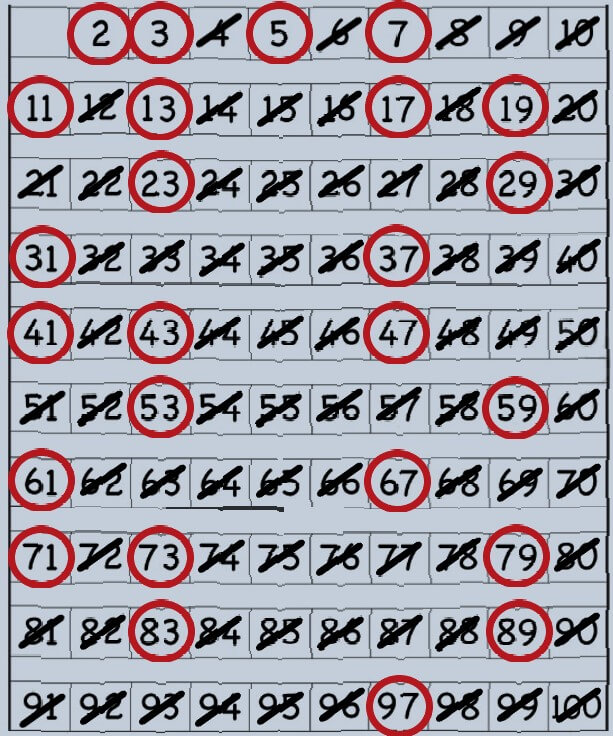Prime Factors Calculator
Find the prime factors of a number
Enter a positive integer greater than 1 to separate it into its prime factors.
Prime factors:
Check if the number is prime
Enter a positive integer to check if it is prime or not.
Is prime?
With these calculators, you can split a number into its prime factors. Furthermore, you can also check whether a given number is prime or not.
How to use the prime factors calculator?
Step 1: Determine which of the two calculators to use. To separate a number into prime factors, use the first calculator. To check if a number is prime or not, use the second calculator.
Step 2: Enter the number in the corresponding box. For the calculator to work correctly, only enter positive whole numbers.
Step 3: The prime factors of the number will be displayed in the box to the right.
What are prime factors?
Factors are numbers that, when multiplied, produce another number. For example, 2 and 3 are factors of 6.
Therefore, the prime factors of a number are the prime numbers that when multiplied, result in the original number. For example, the factors of 12 are 2 and 6, but the prime factors of 12 are 2, 2, 2, 3.
If you want to learn more about prime numbers, visit our article Prime Numbers and Composite Numbers.
Why find prime factors?
A prime number can only be divided by 1 and itself, so it can no longer be factored. Any other whole number can be divided into prime factors. This means that the prime factors are the foundations of all numbers.
This idea can be very useful when working with large numbers, such as in cryptography.
How to split a number into its prime factors?
To divide a number into its prime factors, you need to be familiar with prime numbers and prime composite numbers. Therefore, we can use the following table:

Then we have to divide the number by several prime numbers until we have a list of only prime numbers.
Example1: To divide 20 into prime factors, we can start by dividing it by the smallest prime numbers. Dividing it by 2, we get 10. Then we can divide it by 2 again to get 5, and 5 is a prime number, so we can’t divide anymore. Therefore, the prime factors of 20 are 2, 2, 5.
Example 2: To divide 60 into prime factors, we can start by dividing it by 2, to get 30. Then we divide it by 2 again to get 15. Now, we divide it by the next prime number, which is 3, and we get 5. 5 is a prime number, so we can’t divide anymore. Therefore, the prime factors of 60 are 2, 2, 3, 5.
Related calculators:
- Least Common Multiple Calculator (MCM)
- Greatest Common Divisor Calculator (GCD)
- Binary Numbers Calculator
You can explore other calculators here.
